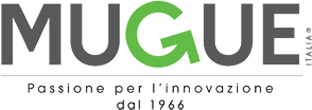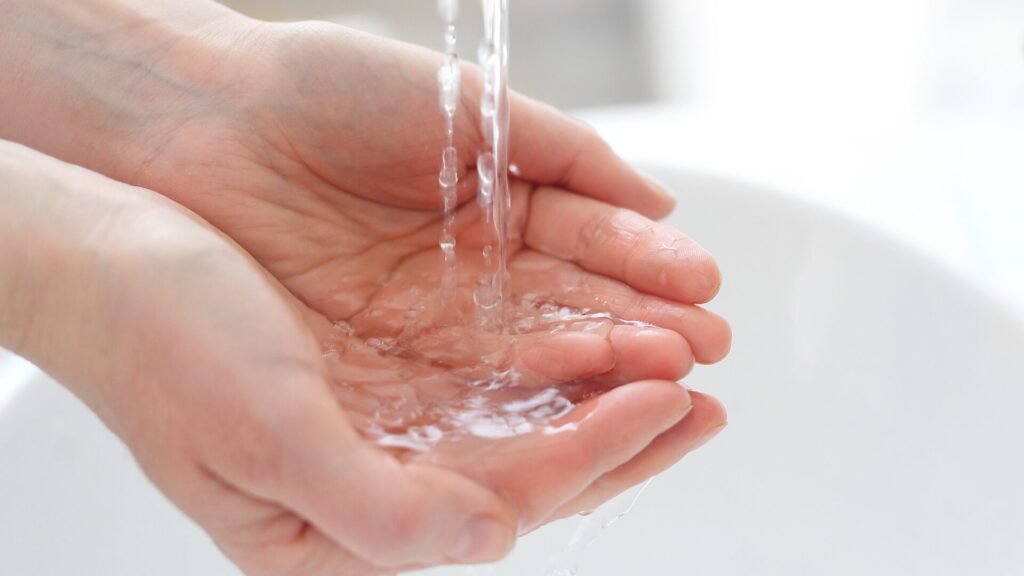Washing your hands is a simple and daily gesture, but of fundamental importance for our health. This practice, often underestimated, is one of the most effective measures to prevent the spread of infections and diseases. With the simple use of soap and water, we can significantly reduce the risk of contracting viruses and bacteria, protecting ourselves and those around us.
Why is it important to wash your hands?
Hands are the main vehicle for the transmission of germs and bacteria. We continuously touch contaminated surfaces, objects and people, picking up microorganisms that can easily enter our body through contact with our eyes, nose and mouth. Hand washing helps prevent infections such as colds, flu, gastroenteritis and even more serious diseases, contributing to public health.
A key aspect concerns the protection of children in the early years of life. According to the World Health Organization (WHO), poor hand hygiene is one of the main factors that contribute to infant mortality under five years of age.
Diarrheal infections and respiratory diseases, often caused by the transmission of bacteria through dirty hands, are among the main causes of childhood deaths in developing countries. Correct handwashing could prevent up to 30-40% of gastrointestinal infections and 20% of respiratory infections, saving thousands of lives every year. This highlights how a simple gesture can make a difference, especially in the most vulnerable communities.
When to wash your hands?
To ensure proper hygiene, it is essential to wash your hands at the following times:
- Before eating because the bacteria we carry on our hands could pass to food and be ingested and even after.
- After going to the bathroom or after changing children’s diapers.
- After coughing, sneezing or blowing your nose.
- After touching public surfaces(handles, means of transport, money, etc.).
- After petting animals, even if they are domestic.
- Before and after caring for a sick person; first to avoid transmitting possible pathogenic microorganisms to the patient, then to eliminate those that may have been transmitted to us.
- Before and after cooking, especially if you handle raw meat and eggs because they could contain salmonella and contaminate other ingredients or surfaces.
How to wash your hands properly?
To ensure effective hygiene, it is essential to wash your hands properly. The first step is to wet them with running water, then apply an adequate amount of soap. Next, you need to scrub all surfaces well, including the palms, the backs of the hands, between the fingers and under the nails, making sure to soap for at least 20 seconds. Once this operation is completed, it is important to rinse thoroughly with water to remove any soap residue and dirt. Finally, your hands should be dried with a clean towel or using a hot air device, avoiding leaving them damp, as humidity can encourage the proliferation of bacteria.
There are three main types of handwashing, each with a specific role in preventing infections:
Social laundering (40-60 seconds): consists of washing with soap and water when the hands are visibly dirty, before eating or after using the bathroom. In healthcare settings, it can be integrated with a hydroalcoholic solution-based rub for greater effectiveness. However, some bacterial spores, such as those of Clostridium difficile, are more resistant to alcohol-based sanitizers, making washing with soap and water necessary.
Antiseptic wash (about 90 seconds): It is required in high-risk environments before performing invasive procedures, after contact with infected material or wounds and before treating patients who are particularly vulnerable to infections. The use of antiseptic soaps helps eliminate a greater number of pathogenic microorganisms.
Surgical wash (about 5 minutes): It is performed before surgical interventions with antiseptic soap to eliminate transient bacteria and minimize the resident skin flora. Despite the mandatory use of sterile gloves, this type of washing is essential to reduce the risk of contamination in the event that the gloves are broken or perforated.
What products to use for hand hygiene
When you are at home, your best ally is soap, preferably antibacterial, but even a normal detergent is effective. It is advisable to also use a moisturizing cream to prevent dry skin due to frequent washing.
If you don’t have access to water, you can use alcohol-based sanitizing solutions (with a concentration of at least 60%). Disinfectant gels are convenient to carry with you and are a great alternative when you are away from home.
An excellent solution for cleansing and nourishing the skin of the hands is Cream Clean, a sanitizing and nourishing cream. This product, to be applied directly to the palm of the hand, does not require water and is used by rubbing it for about 30 seconds until completely absorbed. Thanks to its formulation with 70% denatured alcohol, combined with emulsifiers and functional ingredients, it guarantees effective cleaning without attacking the skin. Furthermore, CreamClean is practical and easy to carry, making it perfect for use when traveling, on public transport or in any situation where it is not possible to wash your hands.
Washing your hands is a simple gesture, but it has a huge impact on our health and that of the community. Promoting this good daily practice can reduce the spread of infectious diseases, improving the quality of life for everyone.
May 5th is celebrated the International Hand Hygiene Day, an opportunity to remind everyone of the importance of this action in preventing infections. Let’s make hand washing a constant and conscious habit for a healthier future!





